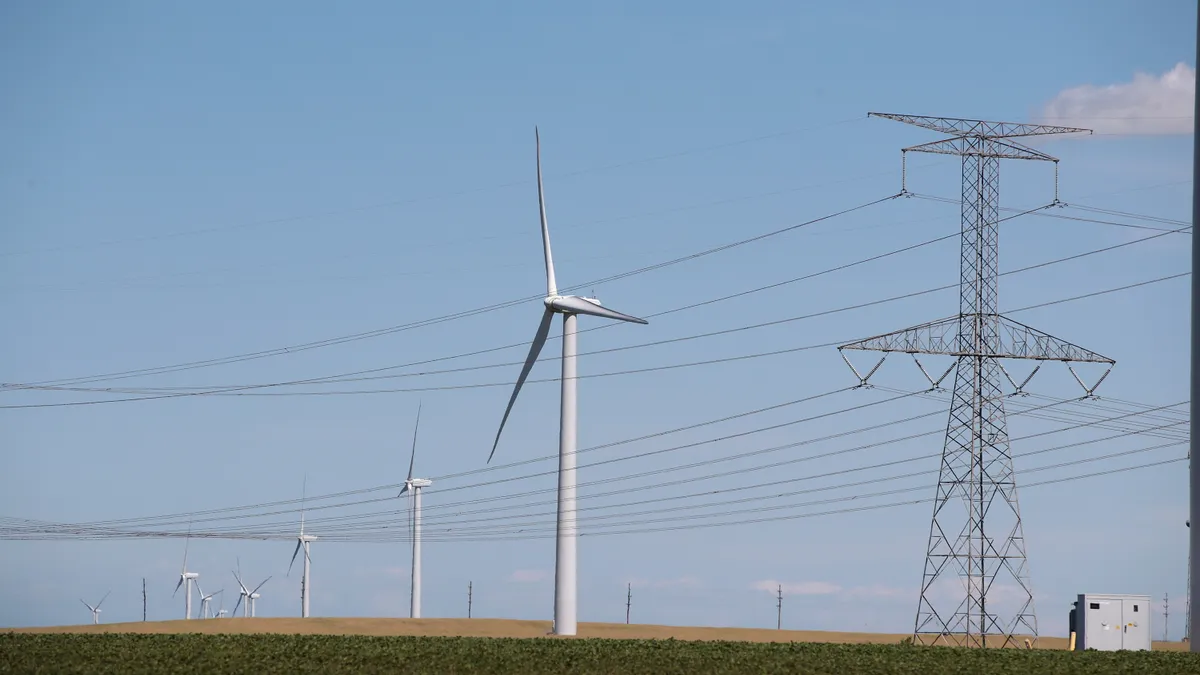The Inflation Reduction Act could cut economy-wide carbon dioxide emissions by 35% to 43% below 2005 levels by 2030, the Environmental Protection Agency said in analysis released Tuesday.
In the electric power sector, EPA said that emissions could be reduced by from 49% to 83% below 2005 levels by 2030. The agency said it estimates the IRA will reduce emissions in “all end-use sectors,” most significantly in residential and commercial buildings.
The report was produced by EPA’s Office of Atmospheric Protection, which said that its methodology for making these estimates relied on “modeling results from recent peer-reviewed literature, government reports, and EPA-funded modeling and analysis.”
“The economy is interrelated and complex, and the investments made in the IRA are far reaching — analyzing the impacts of these changes requires the use of sophisticated energy economy models that can capture the breadth of the IRA’s incentives,” the report said.
In addition, the IRA is a “complex piece of legislation” that requires “detailed assumptions” to cover the potential outcomes from its many provisions, which means there are “caveats and limits to the analysis” along with “clear limitations in modeling,” EPA said.
The study was structured around two scenarios to evaluate the IRA’s potential impacts: a scenario where the IRA was passed, and one where it wasn’t. EPA also made estimates for the IRA scenario based on three models — moderate, pessimistic and optimistic — and the report results use the moderate model.
In a no-IRA scenario, EPA estimated minimum economy-wide emission reductions of 26% and maximum reductions of 33% by 2030, versus minimum reductions of 35% and maximum reductions of 43% under the IRA.
The impact of certain IRA provisions still remains uncertain due to a lack of guidance or final decision making, the report said — for instance, the Treasury Department has not yet released guidance for the clean hydrogen production tax credit.
“Although it is clear from the modeling that the IRA results in reduced costs for clean technology and that this is expected to make additional federal, state, and private climate action more likely, this report does not model the effects of these prospective additional policy impacts of the IRA,” the researchers said.
The modeling that EPA used to create its analysis includes a multi-model study, Emissions and Energy Impacts of the Inflation Reduction Act, which also contrasted IRA and no-IRA scenarios; the Energy Information Administration’s 2023 Annual Energy Outlook; a Department of Energy report on the IRA and bipartisan infrastructure law’s impacts; and a National Renewable Energy Laboratory study, also on the IRA and bipartisan infrastructure law.
“Potential future analyses of the IRA can better address factors that are uncertain at this time — such as guidance on tax credit provisions that have yet to be finalized, the evolution of complementary federal, state and local policies, and the rate of technological improvement,” the EPA’s report concluded.














